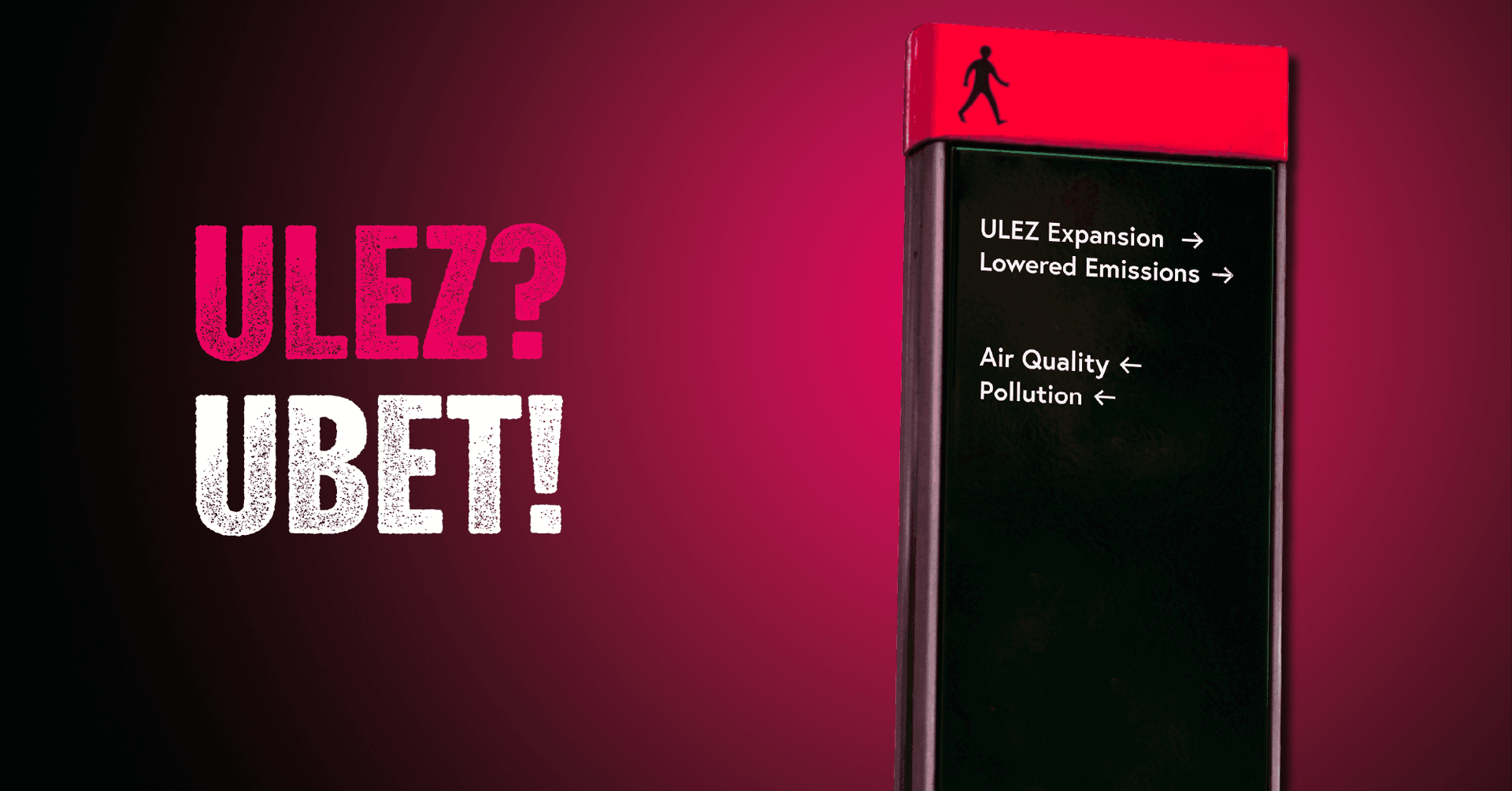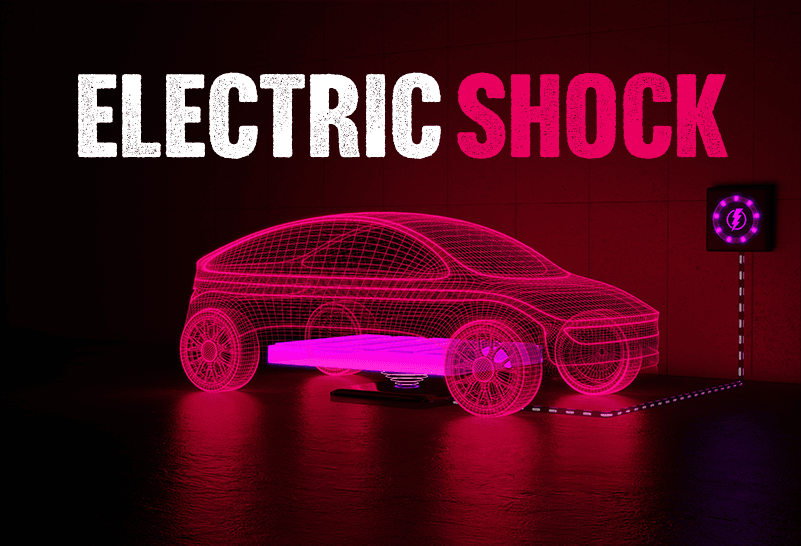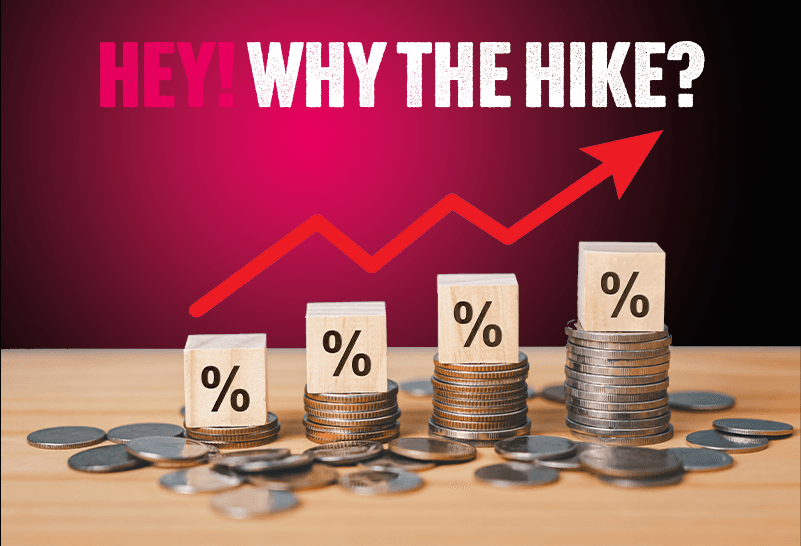- Key issues
- Protect
- Blog
ULEZ is here to stay
ULEZ has become a political football. It’s shrouded in fake news by the objectors and heralded as critical by campaigners for cleaner air. So what’s the truth, and are there any meaningful implications on the cost of car ownership?By Rightly
4 min read

A lot has been written about the introduction of the wider ULEZ (Ultra Low Emission Zone) area in London. A lot of what’s been written is scaremongering and conspiracy theories peddled by certain news channels for their own nefarious ends. But what does it really mean for most people?
Well, firstly, it’s nowhere near as bad as the picture that is sometimes painted. You may have seen headlines claiming that all Londoners now have to pay £12.50 every day just to visit the supermarket in their car. This is untrue. Ninety percent of all cars in the capital are already ULEZ compliant and so there’s no charge to their drivers for going out in their cars.
Low emission zones are designed to put off drivers of the most polluting vehicles, i.e. those that are old, and especially those with diesel engines.
For the few drivers that are still driving filthy, belching cars and vans, there is a scrappage scheme, providing a financial incentive to subsidise a replacement vehicle. The replacement needn’t be an electric or even a hybrid vehicle, just one that meets the standard that could save someone’s life.
The ULEZ scheme was hatched originally by a certain Boris Johnson when he was Mayor of London and, despite his and his party’s more recent complaints about it, it initially covered the same area as the Congestion Zone.
The latest, much bigger expansion of the zone was foisted on the current London mayor by the then Transport Secretary Grant Schapps, in exchange for a Covid related bailout for Tfl that had seen its income decmated by lockdowns.
The purpose behind introducing the London ULEZ, first introduced in April 2019, is to discourage drivers of high-polluting vehicles from using roads in London. Too many children and others have died through breathing too much toxic air in our capital and in the twenty-first century that really shouldn't be happening.
From October 2021, the Zone expanded to take in everything within the North and South Circular Roads. In 2020, researchers said that the daily charge had helped reduce roadside nitrogen dioxide levels by 44%, a dramatic improvement.
And six months after the expansion, on average, almost 94% of vehicles driving in the zone met the stricter emission standards. There are 54% fewer high-polluting vehicles in the zone on a typical day when compared to the period just before the first ULEZ expansion.
Roll-out of ULEZ areas across other UK cities and towns is being planned.
Better health
By October 2022 the London ULEZ had reduced nitrogen dioxide from traffic by 46%.
All the evidence suggests that low emission zones work, if they are ambitious enough. In 2010, the health benefits from less air pollution in zones in 25 German cities were estimated to be between €760m and €2.6bn.
London’s first low-emission zones led to improvements in particle pollution from traffic along busy suburban roads. Tightening the zone in 2012 created further improvements, compared with areas outside the capital, but progress became slow and patchy, leading to a projection that it would take London another 193 years to comply with legal limits.
It has also been shown that air pollution does not get worse outside the zone as a result of encouraging polluters not to enter it. In fact, the experience from London and cities in Germany show that cleaner vehicles also use the surrounding area, expanding the benefit. So, the inner London ULEZ also induced accelerated air pollution improvements on the boundary roads.
Poorer communities have most to gain from reductions in air pollution. This may be only a small compensation to poorer people facing a daily charge but it’s clear that the poor experience worse air pollution than the more wealthy.
If you look at the amount of pollution produced per square kilometre, you can see it’s worse in the poorest areas. But when it comes to driving, the poorest contribute least to the problem. Many poorer households do not own a car and those who do drive less than wealthier people with the poorest 10% of the UK travelling just 40% of the distance of those owned in the wealthiest segment.
Impact on the cost of car ownership?
Some commentators have said that the low emission zone charges unfairly penalise the less well off. Cars in the UK’s poorest areas were, on average, just over a year older than those owned by the most well off. This was generally due to wealthier areas having multiple cars in their households and the age of their second, third and, in some cases, fourth cars. Wealthier people also tended to own more polluting diesel cars, which are most affected by low-emission schemes.
The population is being guided towards buying cleaner, electric cars. Electric cars do tend to be more expensive at the moment, but demonstrably cheaper to run, so overall in the long run they work out better economically. Insurance costs for electric cars can also be higher, due to their higher ticket price and hi-tech components. So one consequence of ULEZ pushing people towards electric vehicles could see an increase in household insurance costs.
Insurance costs are largely driven by risk profiles. As a wider demographic starts driving new low emission vehicles, the risk profile will alter and therefore so will the insurance cost you get quoted.
Can I do anything about insurance costs?
The best thing you can do is use Rightly Save to help you manage all your insurances, not just car insurance but also home, travel, pet, jewellery and so on.
Rightly Save, automatically finds all your insurance policies and presents them to you in a single place, complete with renewal dates and the type of policy. To avoid your current insurer rolling you over each year, we’ll help you turn off auto-renewals in just a few clicks and help you get your insurer ready to negotiate a better price without you having to wait in phone queues.
And we’ll set up automatic reminders so you get plenty of notice of all your insurance renewals. That way you’ll have a chance to find a better deal, whether you decide to stay with your existing provider or move on to a new one.
Related Articles
- Blog
6 min read

Got an electric car? Don't let insurance shock you
Insurance premiums for electric vehicles can sometimes seem high. But the cost is gradually getting closer to conventional vehicle premiums. Here we look at some of the factors at play.
- Blog
5 min read

Hey! Why the price hike?
Insurance premiums are rising fast, in many cases far in excess of inflation. So what is going on and what can you do to minimise costs for the cover you want?